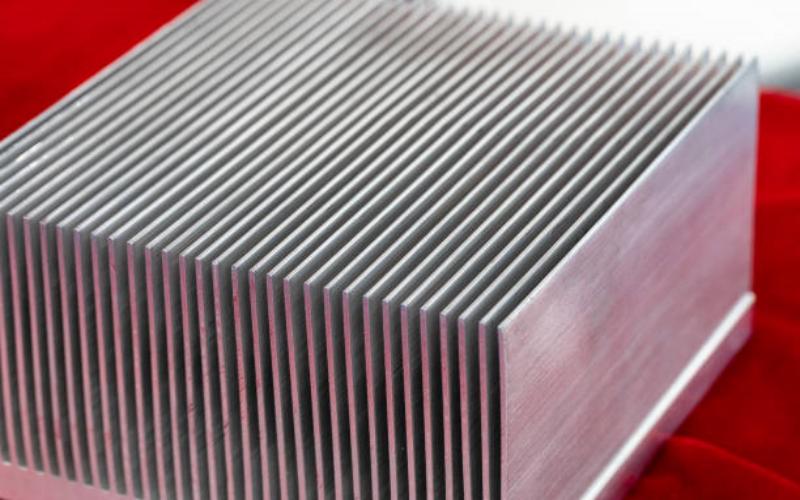Introduction
Heat sinks are an integral component of electronic devices, efficiently dissipating heat and ensuring optimal performance. Understanding the manufacturing process of heat sinks is crucial for engineers and manufacturers in the electronics industry. In this article, we will delve into the intricacies of heat sink manufacturing, exploring various aspects such as design, material selection, fabrication techniques, and quality control.
1. Design Considerations for Heat Sinks
The design of a heat sink plays a critical role in its effectiveness. Engineers must consider factors such as the heat load, available space, airflow, and thermal conductivity when designing a heat sink. The shape, size, and fin density are carefully determined to maximize surface area and promote efficient heat dissipation.
2. Material Selection for Heat Sinks
Choosing the right material is pivotal for heat sink performance. Aluminum and copper are commonly used due to their excellent thermal conductivity. Aluminum is lightweight, cost-effective, and widely available, making it a popular choice. Copper, on the other hand, has superior thermal conductivity but is more expensive. Other materials such as graphite and composite materials are also used in specific applications.
3. Extrusion: A Common Heat Sink Manufacturing Technique
Extrusion is a widely used manufacturing process for heat sinks. In this method, a heated billet of aluminum or copper is forced through a die to create the desired shape. The extruded heat sink is then cut to the required length and machined to achieve the desired fin design. This process offers flexibility in design and is cost-effective for high-volume production.
4. Casting: A Versatile Manufacturing Process
Casting is another common manufacturing technique for heat sinks. Aluminum and copper alloys are melted and poured into molds, allowing for complex shapes and intricate fin designs. This method is particularly suitable for low to medium volume production and offers good thermal performance.
5. Stamping and Skiving: Precision Manufacturing Methods
Stamping and skiving are precision manufacturing methods used for heat sinks with thin fins. Stamping involves pressing metal sheets to create the desired fin shape, while skiving involves cutting thin fins from a solid block. These methods are ideal for achieving high fin densities and intricate designs, ensuring efficient heat dissipation in compact spaces.
6. Finishing Processes for Heat Sinks
After the heat sink is manufactured, various finishing processes can be applied to enhance its performance and appearance. Anodizing, for instance, creates a protective oxide layer on aluminum surfaces, improving corrosion resistance. Painting, powder coating, or nickel plating can also be used for aesthetic purposes or to enhance thermal performance.
7. Quality Control in Heat Sink Manufacturing
Ensuring the quality of heat sinks is paramount to their effectiveness. Quality control measures include dimensional inspections, thermal testing, and visual inspections. Advanced techniques such as thermal imaging and computational fluid dynamics simulations are employed to evaluate heat sink performance and optimize designs.
8. Advancements in Heat Sink Manufacturing
The field of heat sink manufacturing is continuously evolving, driven by technological advancements and the need for more efficient cooling solutions. Additive manufacturing, also known as 3D printing, is gaining popularity as it enables the production of complex geometries and customized heat sinks. The use of advanced materials, such as nanomaterials and composites, is also being explored to enhance thermal conductivity and reduce weight.
9. Applications of Heat Sinks
Heat sinks find applications in a wide range of industries, including electronics, automotive, aerospace, and energy. They are crucial for cooling electronic components such as CPUs, GPUs, power amplifiers, and LED lights. In automotive and aerospace applications, heat sinks play a vital role in dissipating heat generated by engines and electrical systems.
10. Conclusion
The manufacturing process of heat sinks involves careful consideration of design, material selection, and fabrication techniques. With advancements in technology, heat sink manufacturing continues to evolve, offering more efficient and customized cooling solutions. Understanding the intricacies of heat sink manufacturing is essential for engineers and manufacturers to develop high-performance electronic devices.

